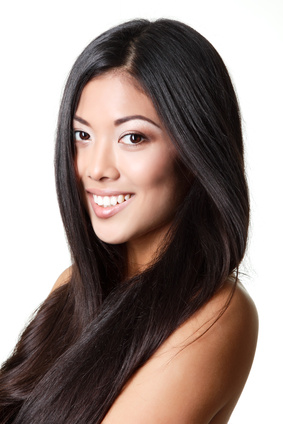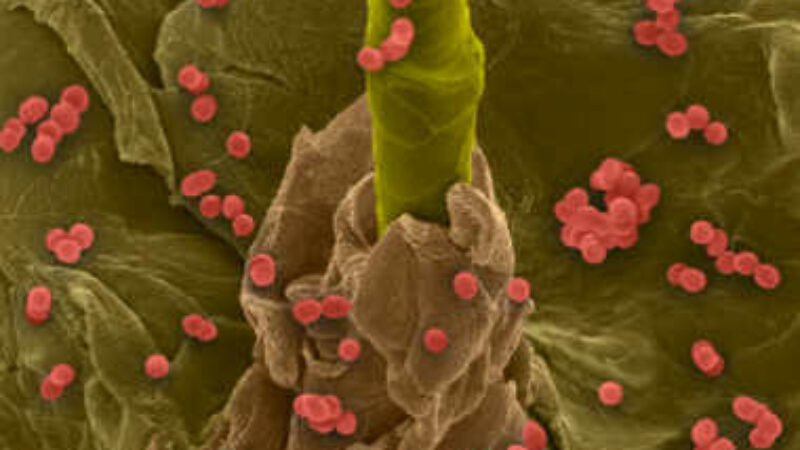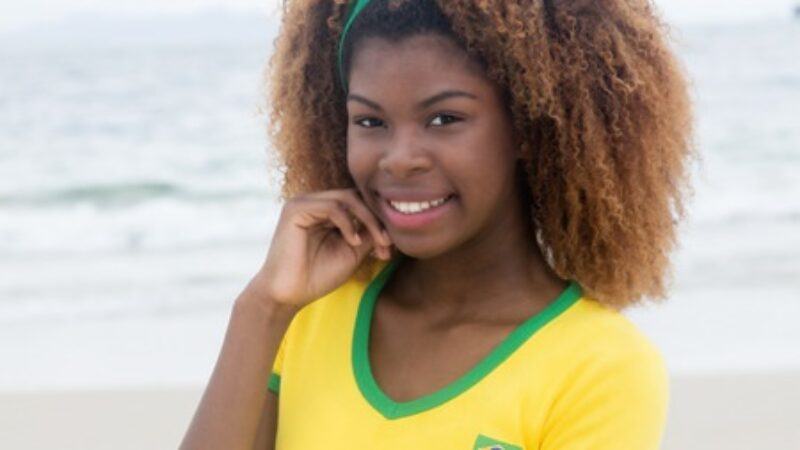It is not uncommon to find me deep in conversation with people about skin care and healthy aging, but when a friend recently asked if I had gone no-poo, all I could say was, “Excuse me?” Although I had certainly heard of the no-shampoo trend before, I had never heard it referred to in quite that way.
There are many different reasons why people are jumping on the no-shampoo bandwagon, with the main one appearing to be a concern about how chemicals in commercial shampoo may irritate the skin, dry out the hair and have a negative effect on overall health. Those same chemicals eventually find their way into the waterways where they can also be detrimental to the delicate ecosystem.
Not long ago, women would visit the local hair salon for their weekly shampoo and set with the hairstyle lasting a good number of days. Hair spray was de rigueur along with a scarf tied around the head at night to protect the “do”. Today, daily shampooing seems to be the norm. We equate healthy hair with a headful of lather and a squeaky clean feeling.
The misconception about going “no-poo” is that it implies not cleaning your hair at all. On the contrary, going no-poo for most means replacing commercial shampoos with either simply water or a natural combination of baking soda for cleansing and apple cider vinegar for clarifying and conditioning while simultaneously extending the time between washes.
If you’re ready to take on the no-shampoo challenge, here are a few tips to a successful no-poo transition:
- Be prepared for your hair to be oily. It may take up to 6 weeks for your scalp to adjust oil production to match your new routine, but be patient.
- Ease into it with a transition plan by starting off gradually: skipping a day for a week, then extending it to washing your hair every 3 days, etc.
- Say hello to your new best friend: dry shampoo. Some may say that this is technically cheating, but when you’re on the verge of giving up, dry shampoo may just save the day.
- Time your switchover to colder months in the year when the scalp tends to not feel so oily and hats can help mask the inevitable “bad hair days”.
- Don’t mistake no-poo with no-rinsing. If rinsing your hair with warm water makes you feel fresher, go for it.
Keep in mind that what works for one person may not necessarily work for you. If you’ve given the no-poo experiment a genuine shot and your hair looks oily, lank and lifeless, there’s certainly no shame in going back to shampooing as often as you need to. For those of us who have chemically-treated hair, using baking soda or vinegar may actually damage the hair, in which case a gentle shampoo with no SLS or parabens may be a better option. Although technically not the full no-poo method, you may be surprised at how much healthier your hair and scalp are with a few simple changes.



